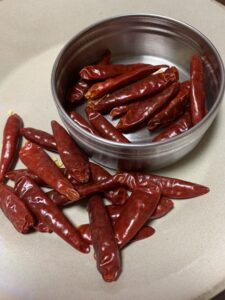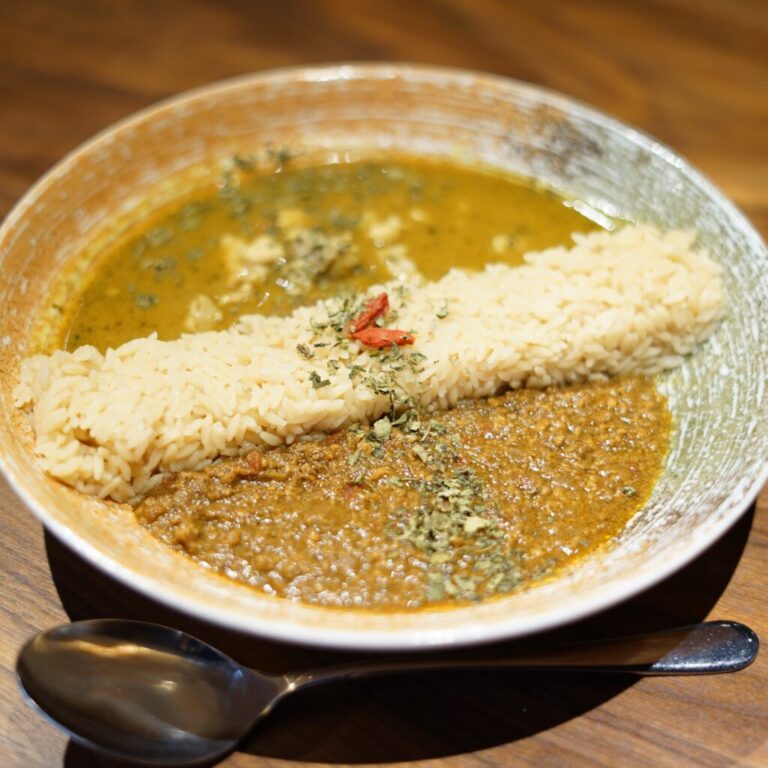 Chiles range in flavor from mild and lightly tingling to explosively hot. Larger, thicker-skinned varieties tend to be milder than smaller, thinner-skinned ones.
Chiles range in flavor from mild and lightly tingling to explosively hot. Larger, thicker-skinned varieties tend to be milder than smaller, thinner-skinned ones.
Most chiles are grown as annuals.
A greek chile will be ready for harvest in about three months.
Varieties used after ripening take longer to harvest. They may be dried in the sun or artificially.
History of Chile
Chile has a very long history.
It is believed to have been cultivated in the mountainous regions of Peru in South America since around 8000 BC. It was also used in Mexico as early as 7000 B.C. It was Columbus, during the Age of Discovery, who helped spread chile, which had been cultivated in this region for thousands of years, to the rest of the world.
Chili was brought back to Spain along with tobacco and corn. It was named pimento (pepper) because of its pungent taste.
This is the reason why chili peppers came to be called cayenne pepper, even though they have nothing to do with pepper.
It was introduced to Japan by the Portuguese in the 16th century.
Today chile is the largest spice crop, with hundreds of varieties grown around the world and eaten daily by about a quarter of the world’s population.
Medicinal Benefits of Chilean Herbs
Chili is said to be the most eaten spice in the world. Chili is also expected to have various medicinal effects, so we will introduce some of them below.
(1)Prevention of lifestyle-related diseases
Capsaicin contained in chili is expected to promote the elimination of cholesterol and waste in the body, and is expected to be effective in preventing lifestyle-related diseases.
It also contains β-carotene and vitamin E, which are thought to prevent arteriosclerosis and myocardial infarction.
(2) Skin beautifying effects
Capsaicin has a sweating effect, and when sweating, not only water but also oil is expelled and sebum secretion is regulated.
It also contains vitamins A, C, and E, which are highly expected to have an antioxidant effect to suppress skin aging.
(3) Fat-burning effect
The most famous effect of capsaicin is its fat-burning effect.
When exercising, the human body first uses sugar as energy and then fat as energy.
Therefore, it is difficult to burn fat unless you move your body for a long period of time. However, capsaicin is said to accelerate fat burning by stimulating the secretion of adrenaline.
By helping the secretion of adrenaline, which burns fat from an early stage, it is also expected to prevent the accumulation of body fat. As we have mentioned, chili has many medicinal benefits, but be careful not to eat too much.
Eating too much can cause gastrointestinal upset, coughing, shortness of breath, diarrhea, and urinary problems, so please follow the daily intake to help maintain a healthy body. (Tolerable intake) 5 mg per 1 kg of body weight e.g.. 250 mg for a person weighing 50 kg Approximately 1 mg of capsaicin per hawk’s claw
How to cook and store chili, etc.
Chili is an excellent source of vitamins A and C and has been used as a quick and easy way to add flavor to your regular diet.
Chili originated in Asia, of course, and is widely used in Africa and the American Southwest.
India is the largest producer and consumer of fresh green chili and dried red chili.
Chili is produced worldwide in a variety of products. Chili powders, chili oils, chili sauces, and many other varieties are used to suit the cuisine of each country.
Choose fresh chiles with shiny, smooth skin and a firm hand. It will keep in the vegetable compartment of the refrigerator for a week or more.
It can also be frozen, but if frozen fresh, it will lose its tangy spiciness, so it is recommended to roast it before freezing. Dried chiles will keep almost indefinitely in an airtight container.
Finally
How was the chili I introduced this time?
As the world’s largest spice crop, there are countless varieties.
When shopping for chiles, please go into the store and ask an expert to tell you what you are looking for.
There are so many different countries of origin, varieties, levels of spiciness, and aromatic characteristics that it would be interesting to try a few at a time.
The next issue will be on turmeric. Please look forward to it.






